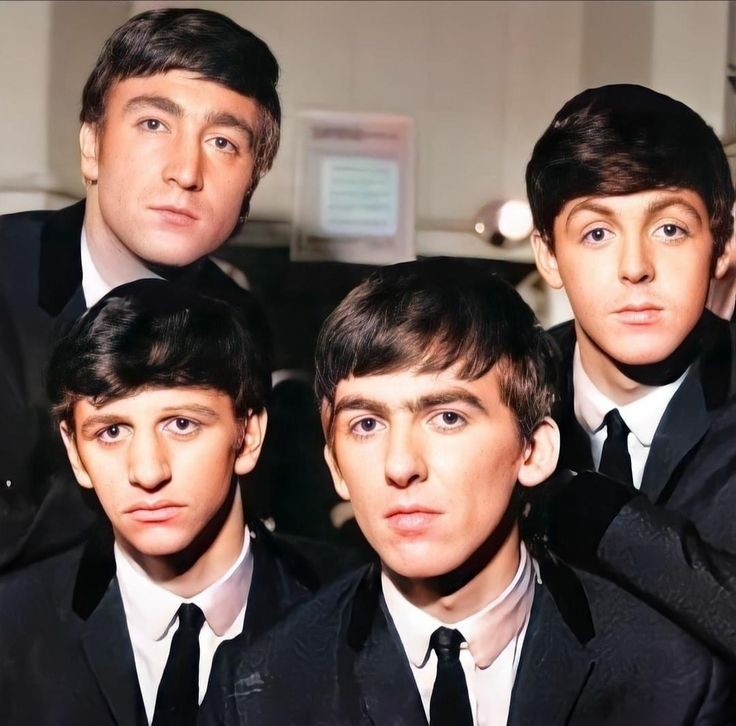During the first half of 1967, George Harrison was showing a general disinterest in what The Beatles were doing, just as he immersed himself in the study of Indian classical music. He composed just two Beatles songs during this period, fewer than during either of the previous two years and nothing on the burst of creativity he experienced in 1968.
One of these songs, ‘Within You Without You’, ended up on the band’s June 1967 release Sgt. Pepper’s Lonely Hearts Club Band. It’s a raga-inspired piece that for the most part remains faithful melodically to its Indian source material. The other was ‘It’s All Too Much’, a gleefully chaotic piece of raga rock, which incorporates Indian elements but also features some of the most experimental guitar sounds on any Beatles song.
This composition wasn’t considered good enough for one of the band’s albums. It wouldn’t make it onto a record until it was recycled for the film soundtrack of Yellow Submarine, released in January 1969. Yet there’s more than enough in its recording to make it one of the most interesting and innovative things The Beatles created at the time.
Harrison famously wrote the song in response to the negative effects of an acid trip he was on, and abandoned the drug soon after. But LSD may well have had a hand in aspects of the group’s musical decisions during its recording, apart from one of Ringo Starr’s best drum parts on a Beatles song, which appears to use tracks from Sgt. Pepper and the 1966 B-side ‘Rain’ as reference points, ‘It’s All Too Much’ features not one but two outstanding guitar parts.
It was long thought that John Lennon was the only member of the group playing guitar on the song. In his 2014 opus, The Beatles Encyclopedia: Everything Fab Four, however, historian Kenneth Womack confirms that its composer Harrison overdubbed his own guitar part, too.
Which Beatle plays the lead part?
,
Harrison kicks off the track with Hendrix-style guitar feedback at the front of the audio mix, which descends into a raga-style drone before giving way to the song’s one-note organ part. Lennon arrives around 30 seconds in, with a fuzz-toned, treble-coloured guitar part further back in the mix, playing the song’s main riff.
This part bears the hallmarks of Lennon’s typically loose timing. Some fuzz-distorted scratches during the verses would become a signature of his guitar-playing in late Beatles and early solo recordings.
Which of these two parts should we call the lead guitar? Harrison is at the front of the mix, and he arguably ‘solos’, if we can call his feedback experiments that, at least as much as Lennon. But Lennon is audibly the main guitarist on the song, not only on rhythm duty but offering fuzz-toned and feedback embellishments of his own.
Most authoritative sources now record both Lennon and Harrison as lead guitarists on ‘It’s All Too Much’. The song’s unusual structure, with nods to Indian raga, makes it hard to define a single lead part. At the same time, Harrison’s droning Hammond organ part provides the backing chords a rhythm guitar otherwise might.
And so, this interesting Harrison composition is generally regarded as the only Beatles song with two lead guitar players and no rhythm guitar part.



